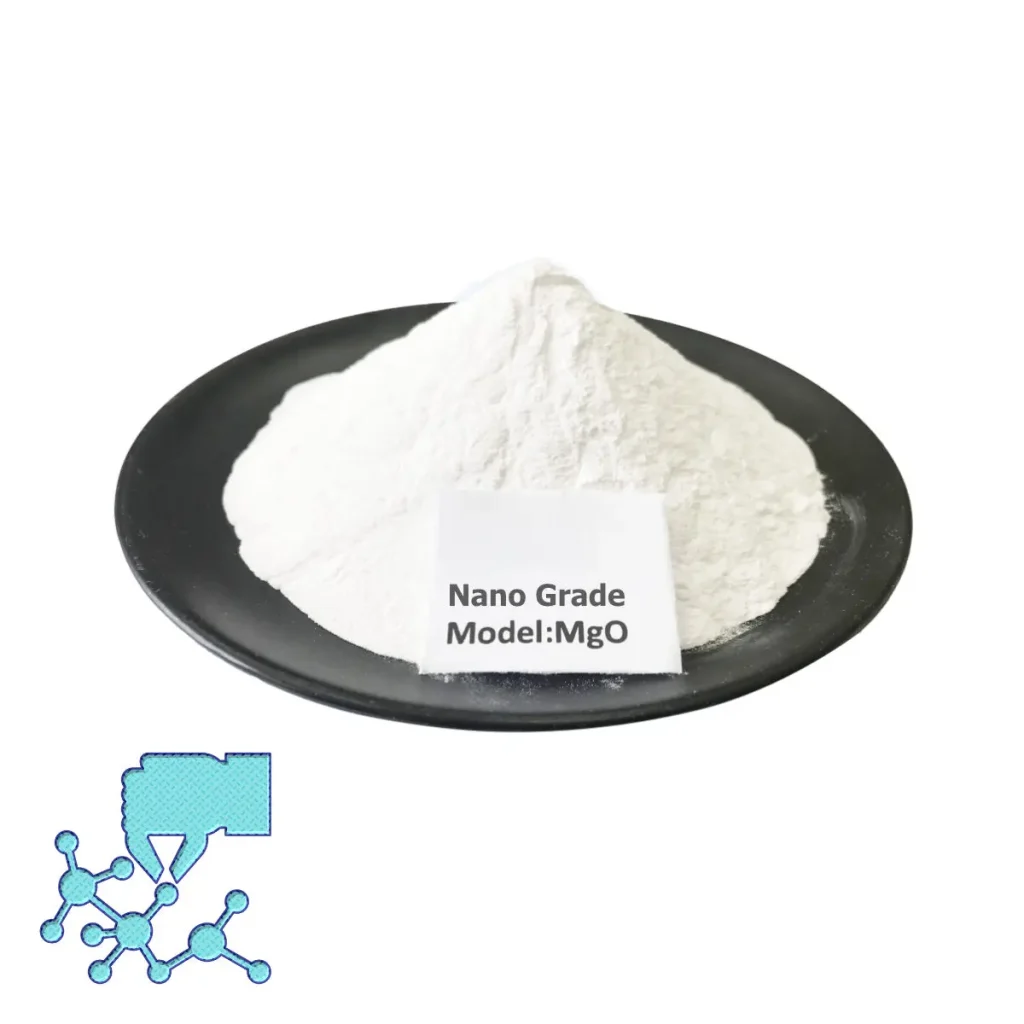Lithium-Ionen-Batterien können während des Gebrauchs zweimal aufgeladen werden und sind eine Art sekundärer Akku. Das Hauptfunktionsprinzip ist die wiederholte Bewegung von Lithium-Ionen zwischen positiven und negativen Elektroden. Die Hauptkomponenten sind Elektrolyt, positive Elektrodenschicht, negative Elektrodenschicht und Membran, unabhängig von der Form der Batterie.
Derzeit konzentriert sich die internationale Produktion von Lithium-Ionen-Batterien hauptsächlich auf China, Japan und Südkorea. Die wichtigsten Anwendungsmärkte für Lithium-Ionen-Batterien sind Mobiltelefone, Computer und Straßenbahnen.
Mit der kontinuierlichen Entwicklung von Lithium-Ionen-Batterien erweitert sich auch der Anwendungsbereich allmählich. Die Verwendung des Kathodenmaterials hat sich von einer einzigen zu einer diversifizierten Richtung gewandelt und umfasst: Lithiumeisenphosphat vom Olivintyp, geschichtetes Lithiumkobaltat, Lithiummanganat vom Spinelltyp usw., um die Koexistenz einer Vielzahl von Materialien zu erreichen.
Nanomagnesiumoxid ist ein neuartiges Nanopartikelmaterial mit der Erscheinung eines weißen Pulvers, hoher Reinheit und großer spezifischer Oberfläche. Es besteht aus feinen Körnern und weist deutliche Kleingrößeneffekte, Oberflächeneffekte, Quantengrößeneffekte und makroskopische Tunneleffekte auf. Im Inneren der Elektrode befindet sich kein Gas, die Oberflächenregeneration ist einfacher, die Wasserstoff- und Sauerstoffüberspannung ist gering und es ist billig usw. Daher wird es häufiger verwendet.
Kurze Einführung in die Nanomagnesiumoxid-Zugabe zur Lithiumbatterie.
1. Bei der Lithium-Ionen-Batterie werden TiO2, SiO2, Cr2O3, ZrO2, CeO2, Fe2O3, BaSO, SiC, MgO und andere unlösliche Feststoffpartikel mit einem Durchmesser zwischen 0,05 und 10 μm (10–100 g/l) hinzugefügt. Dadurch wird die Lithium-Ionen-Batterie zu einer guten Lade- und Entladeleistung, einer hohen spezifischen Kapazität und stabilen Zyklusleistung.
2. Kathodenmaterial für Lithiumbatterien, das Nanomagnesiumoxid als leitfähiges Dotiermittel, erzeugt durch die Festphasenreaktion mit Magnesium dotiertes Lithiumeisenmanganphosphat und besteht weiter aus nanostrukturiertem Kathodenmaterial, dessen Leitfähigkeit bis zu 10-2S/cm beträgt und dessen tatsächliche Entladekapazität 240mAh/g beträgt. Dieses neue Kathodenmaterial ist hochenergetisch, umweltfreundlich und kostengünstig und eignet sich für flüssige und kolloidale Lithiumionenbatterien sowie kleine und mittelgroße Polymerbatterien. Es eignet sich besonders für Hochleistungsbatterien.
3. Optimieren Sie die Kapazität und Zyklenleistung von Lithium-Spinell-Manganat-Batterien. Fügen Sie dem Lithium-Ionen-Batterieelektrolyten mit Lithium-Spinell-Manganat als Kathodenmaterial Magnesiumoxid-Nano als Entsäuerungsmittel hinzu, um Säure zu entfernen. Die Zugabemenge beträgt 0,5–20 % des Elektrolytgewichts. Durch die Entsäuerung des Elektrolyten wird der Gehalt an freier Säure HF im Elektrolyten auf unter 20 ppm gesenkt, was den Auflösungseffekt von HF auf LiMn2O4 verringert und die Kapazität und Zyklenleistung von LiMn2O4 verbessert.
4. Die alkalische Lösung von Magnesiumoxid-Nanopartikeln als pH-Regler und eine wässrige Ammoniaklösung als Komplexbildner wurden gemischt und der gemischten wässrigen Lösung, die Kobaltsalz und Nickelsalz enthielt, hinzugefügt, um Ni-CO-Verbundhydroxid mitzufällen. Lithiumhydroxid wurde dem Ni-CO-Komplexhydroxid hinzugefügt und die Mischung wurde bei 280–420 °C wärmebehandelt. Das resultierende Produkt wird bei 650–750 °C wärmebehandelt, und die durchschnittliche Partikelgröße des Lithium-Verbundoxids nimmt ab oder die Stapeldichte nimmt zu, je nach Dauer der Mitfällung. Wenn Lithium-Verbundoxid als aktives Anodenmaterial verwendet wird, kann eine Lithium-Ionen-Sekundärbatterie mit hoher Kapazität erhalten werden, und die tatsächliche Menge der hinzugefügten Magnesiumoxid-Nanopartikel hängt von der spezifischen Formulierung ab.
Durch die Förderung der Verwendung von Nano-Magnesiumoxid kann unsere ökologische Umwelt deutlich verbessert und Energie gespart werden, was für die nachhaltige Entwicklung des Landes von großer Bedeutung ist.

